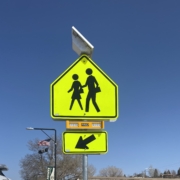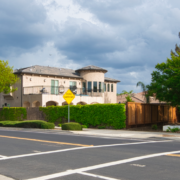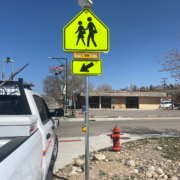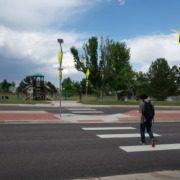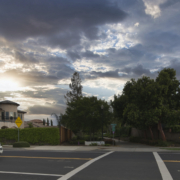What to Know About the Safe Transportation for Every Pedestrian (STEP) Program
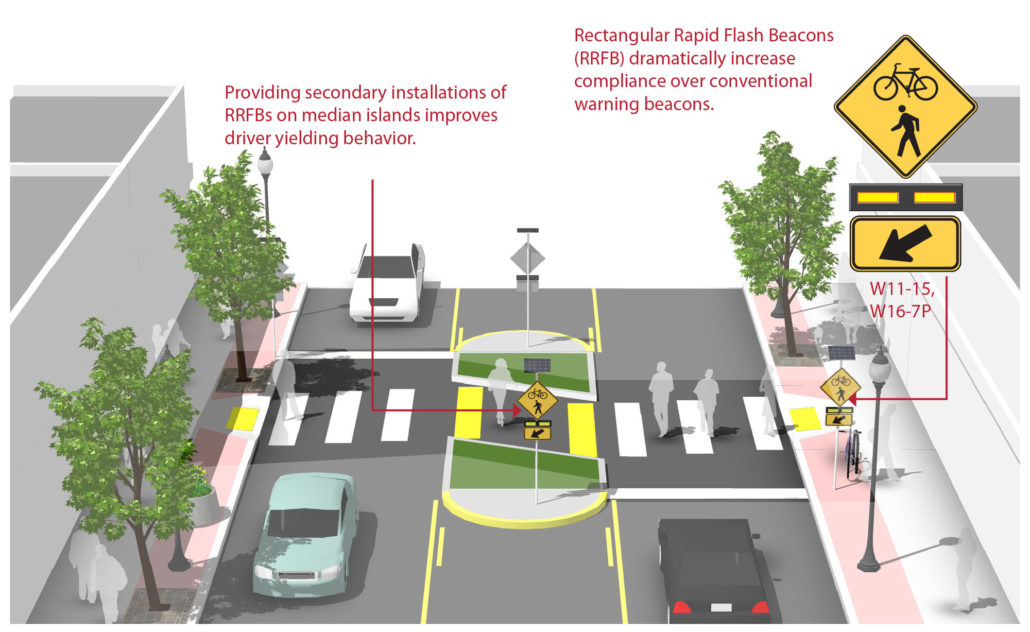
Today’s blog is your comprehensive rundown of what to know about the Safe Transportation for Every Pedestrian (STEP) Program.
Without further ado, let’s jump into what the STEP Program is, why it is so important to pedestrian safety, and the important role RRFBs play in the implementation of the program:
What is the STEP Program?
The STEP Program was created by the Federal Highway Administration (FHWA) to outline a series of recommendations that aim to significantly reduce pedestrian fatalities. It is a safety initiative that compiles multiple different pedestrian countermeasures that have proven safety benefits.
A key focus of the STEP Program is to improve pedestrian safety at uncontrolled marked crosswalks.
How the STEP Program Improves Pedestrian Safety
While the program’s goal is to address national safety problems and, in turn, improve the safety of individuals of all ages, stats prove just how crucial its implementation is.
For example, the National Highway Traffic Administration reports, “2016 witnessed the most pedestrian fatalities since 1990, accounting for approximately 16% of all roadway fatalities. Cost-effective countermeasures can be systemically applied to reduce these crashes and save lives.”
More specifically, these referenced countermeasures include:
- Leading pedestrian intervals (LPIs) at signalized intersections, which flag to pedestrians to walk before vehicles get a green left or right signal
- Raised crosswalks, which act as a traffic-calming measure that reduces vehicle speeds
- Pedestrian crossing/refuge islands, which permit pedestrians a safer place to pause at the midpoint of a roadway before crossing the remaining distance
- Pedestrian hybrid beacons (PHBs), which provide stop control for high-speed, multi-lane roadways
- Road diets, which work to reduce the number of lanes pedestrians cross and overall vehicle speeds
- Crosswalk visibility enhancements like crosswalk lighting and signage to help nighttime drivers and pedestrians navigate
- Rectangular rapid flashing beacons (RRFBs): arguably the most vital implementation in the STEP Program
Here’s why RRFBs are considered so important to pedestrian safety:
RRFBs and Pedestrian Safety
Across North America, RRFBs have been assessed in areas like Arlington as a crucial part of the STEP Program.
Why? Because RRFBs are pedestrian-activated amber LED lights that significantly increase driver yielding behaviour.
RRFB implementation has also proven to:
- Reduce pedestrian crashes
- Decrease the average driver’s speed
As such, the STEP Program now prioritizes RRFBs in locations where warranted. This is determined by road configuration, daily vehicle volume (AADT), and posted speed limit. See page 23 of the FHWA Guide.
Learn More About RRFB Effectiveness Today
Here at Availed Technologies, we proudly offer products like the AV-400 RRFB that have helped the STEP Program reach their safety goals: our mission is extremely focused on producing the best products possible that are simple to install and provide exceptional reliability and performance.
To learn more about our best-in-class RRFBs, LED Enhanced Signs, and flashing beacons (or more about safety takeaways from the STEP Program), contact our team today.


